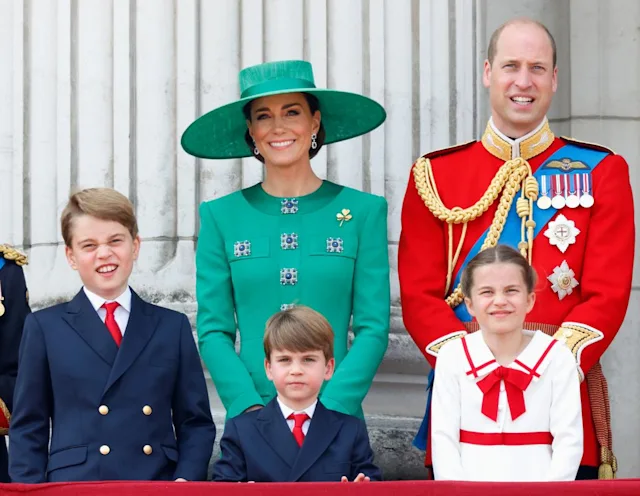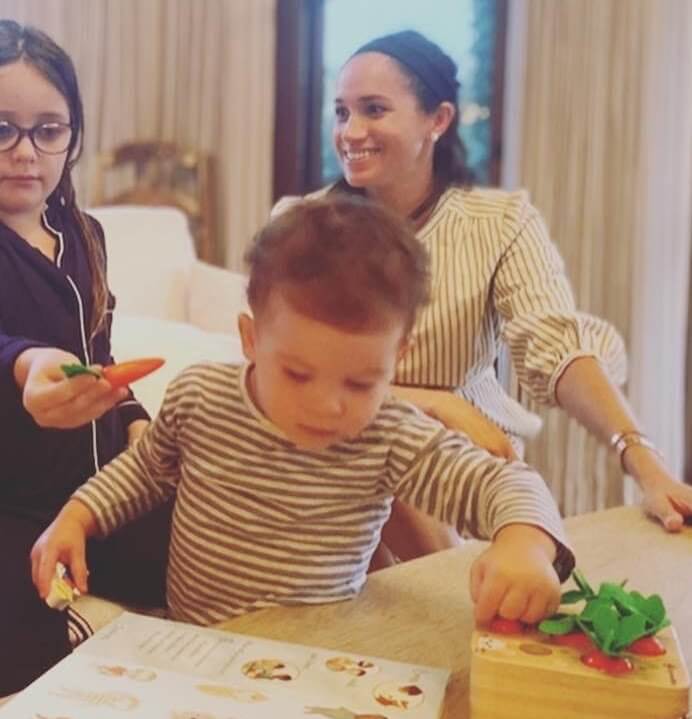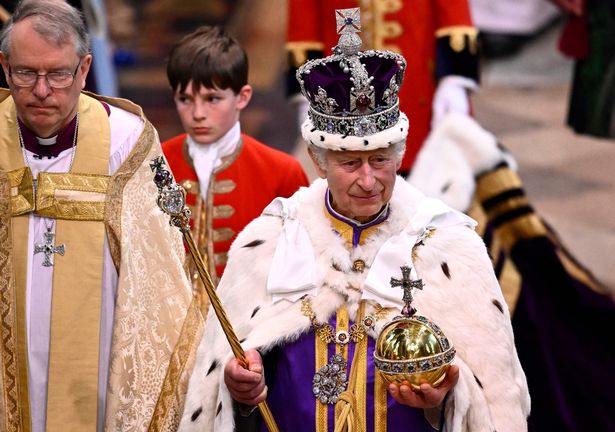The Prince of Wales has become a patron of an appeal to build a vital new centre, it was confirmed earlier this week.
William, 41, has committed himself to a five-year project to create the Fleming Centre, which aims to combat the global rise of antibiotic-resistant bacterial infections.
Named after Sir Alexander Fleming, who discovered penicillin, the facility is due to open in 2028 – the centenary year of the microbiologist’s breakthrough.
It will be based at St Mary’s Hospital in Paddington, London, where Sir Alexander first noticed the ability of a stray mould on a culture dish to ward off bacteria in 1928 – a development which brought significant change in the treatment of bacterial infections.
William has his own personal connection to the hospital – it’s where he and all three of his and his wife Kate’s children were born at the private Lindo Wing.
The birth of Prince George, who turned ten last week, sparked royal baby fever as the media and royal fans waited for over three weeks to see the tot make his public debut to the world on a hot summer’s day in 2013.
Princess Charlotte and Prince Louis were also born at St Mary’s in May 2015 and April 2018 respectively.
William was asked to be the appeal’s patron by Professor Lord Darzi, who will be the chairman of the new centre, which aims to combine cutting-edge research, public engagement, and work with policymakers to drive global change on the issue.
In a personal Instagram post, William said of his new patronage: “Over one million people a year die as a result of antimicrobial resistance. The Fleming Centre will drive a global movement to tackle it.
“Proud to become Patron of the appeal to create this vital centre, which will educate, inspire and catalyse action to solve this problem.”
Lord Darzi said: “At the Fleming Centre, Imperial College London and Imperial College Healthcare NHS Trust are driving solutions to antimicrobial resistance that are co-designed with patients, the public and policymakers and underpinned by a rich and diverse evidence base.
“We are making behavioural science and public involvement the cornerstones of the radical change that’s needed to influence individual behaviour and policy decisions.”












